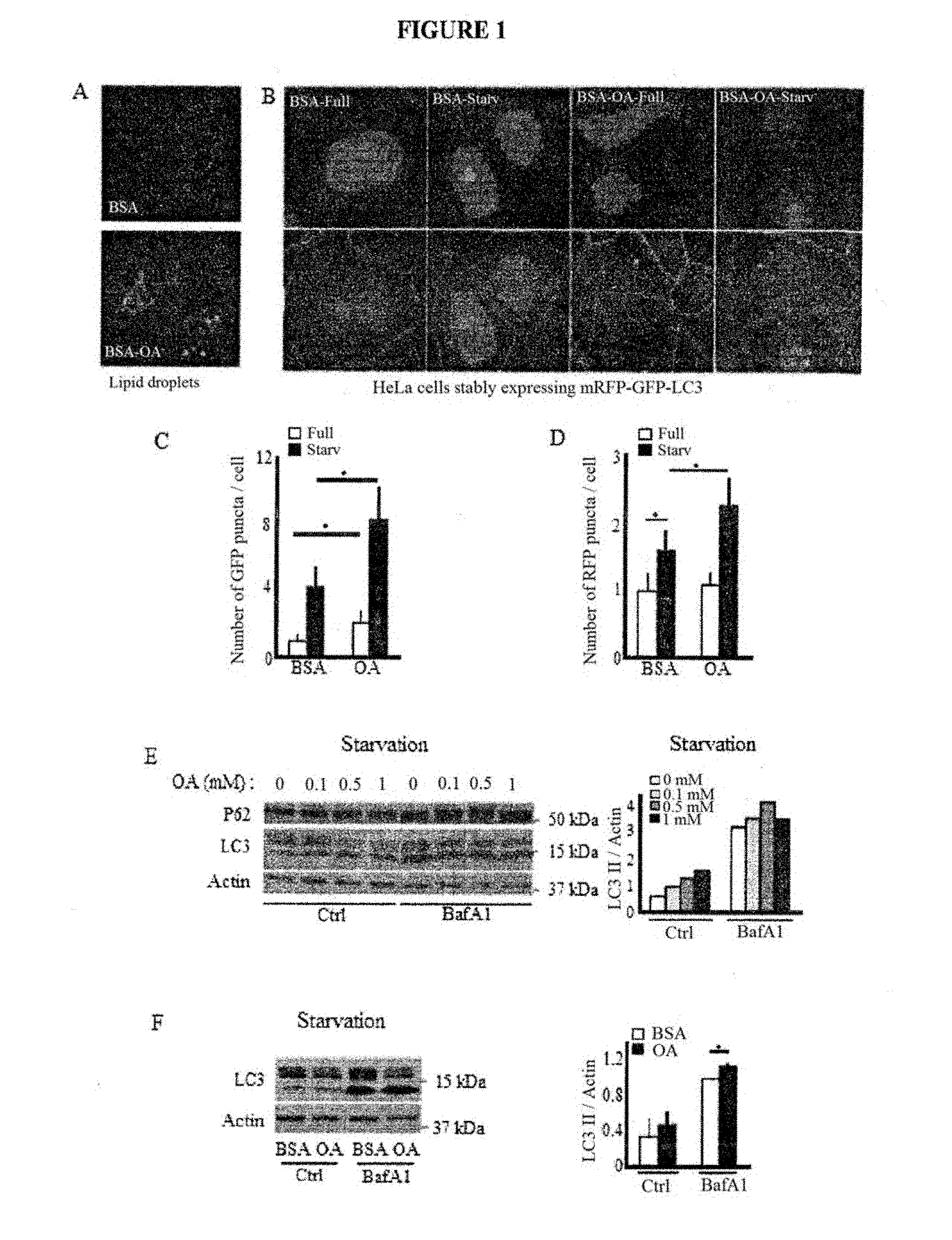Invented by Vojo P. Deretic, Michael Mandell, UNM Rainforest Innovations
The market for treatments for autophagy-related diseases is expected to grow significantly in the coming years. According to a report by Grand View Research, the global autophagy market was valued at $3.8 billion in 2019 and is expected to reach $10.6 billion by 2027, growing at a compound annual growth rate (CAGR) of 13.2% from 2020 to 2027.
One of the key drivers of this growth is the increasing prevalence of autophagy-related diseases. For example, the incidence of neurodegenerative disorders such as Alzheimer’s and Parkinson’s disease is expected to increase significantly in the coming years due to the aging population. Similarly, the incidence of cancer is also expected to increase, particularly in developing countries.
Another factor driving the market for treatments for autophagy-related diseases is the increasing focus on research and development in this area. There is a growing understanding of the role of autophagy in the development of diseases, and researchers are working to develop new treatments that target this process. For example, there are currently several drugs in development that target autophagy in cancer cells, including chloroquine and hydroxychloroquine.
In addition to drugs, there are also other types of treatments being developed for autophagy-related diseases. For example, there is growing interest in the use of autophagy-inducing agents, such as rapamycin, to treat neurodegenerative disorders. There is also research being conducted into the use of gene therapy to target autophagy-related pathways.
Overall, the market for treatments for autophagy-related diseases is expected to continue to grow in the coming years. As our understanding of the role of autophagy in disease development increases, and as new treatments are developed, we can expect to see significant advances in the treatment of these diseases. This is good news for patients suffering from autophagy-related diseases, as it offers hope for improved outcomes and a better quality of life.

The UNM Rainforest Innovations invention works as follows
The invention is related to the use neutral lipids including monoglycerides and diglycerides. These may be used to increase neutral (lipid stores) and neutral droplets and neutral lipids to regulate and/or induce autophagy. They can also be used to treat or prevent autophagy-related disease states and/or condition. One embodiment of the invention is related to the use neutral lipids or TRIM proteins that may be used to regulate and/or induce autophagy, target and/or treat autophagic disease conditions and/or states.

Background for Treatment for autophagy-related diseases
Example 1
Autophagosome Biogenesis is facilitated by the Neutral Lipid Store, Lipase PNPLA5 and Lipase NLPLA5.
CONCLUSIONS
Summary Of Experimental Results
Increased Cellular Lipid Droplet Content Boosts Autophagic Capacity.
Intravital Imaging Reveals Dynamic Inactions Between Autophagosomes & LD Organelles
Screen for TG?Mobilizing Enzymes Identifies PNPLLA5 as a Positive Regulator Of Autophagy
CPT1 & LPCAT2 both act as positive regulators of autophagy.
Inhibition Of Autophagosome Closure Increases the Localization of Atg16L1 and DAG on LDs
PNPLA5 is Involved with Autophagy of Diverse Cartgoes

Materials & Methods
Cell Culture and Plasmids.
Pharmacological Inhibitors, Agonists, and Autophagy
Proteolysis for Proteins
Mycobacterial Survival
Oleic Acid and Fatty-Acid BSA Free
Quantitative RT-PCR
Antibodies and Immunoblotting, Detection Assays and Conventional Microscopy.
High Content Image Acquisition & Analysis
Subcellular Fractionation

Mitotracker Staining, Flow Cytometry

Click here to view the patent on Google Patents.
